Animals
-
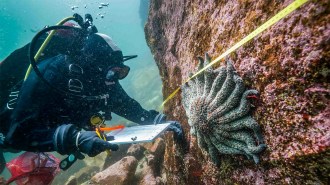 Animals
AnimalsCool water could protect sea stars from a mysterious disease
Sunflower sea stars discovered taking refuge in fjords may offer clues to saving the critically endangered species from sea star wasting disease.
-
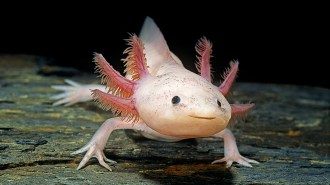 Animals
AnimalsThe axolotl is endangered in the wild. A discovery offers hope
Introducing captive-bred axolotls to restored and artificial wetlands may be a promising option for the popular pet amphibian.
By Anna Gibbs -
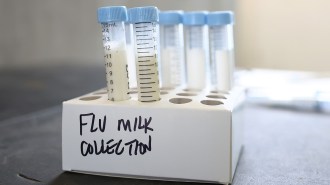 Health & Medicine
Health & MedicineBird flu in cows shows no signs of adapting to humans — yet
Easy replication in cattle mammary glands means H5N1 bird flu is under no evolutionary pressure to adapt to spread easily in humans.
-
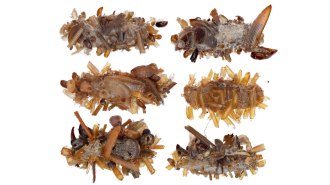 Animals
AnimalsThis caterpillar wears the body parts of insect prey
Dubbed the “bone collector,” this caterpillar found on a Hawaiian island disguises itself while stalking spider webs for trapped insects to eat.
-
 Animals
AnimalsHow science can help you train your puppy
Puppies with a good grasp of basic gestures, self-confidence and impulse control grow into well-behaved adults, a new study suggests.
-
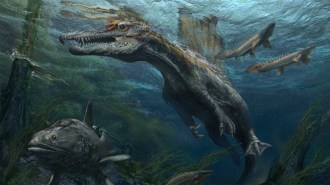 Paleontology
PaleontologyCould Spinosaurus swim? The fierce dinosaur ignites debate
Researchers are still divided about whether Spinosaurus was a swimmer or a wader. What’s clear is that confirming the first swimming dinosaur would be a game-changer.
-
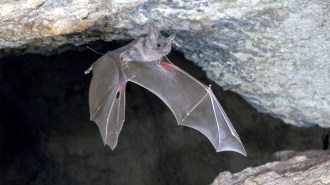 Animals
AnimalsBats wearing tiny mics reveal how the fliers avoid rush hour collisions
As thousands of bats launch nightly hunting, the cacophony of a dense crowd should stymie echolocation, a so-called “cocktail party nightmare.”
By Susan Milius -
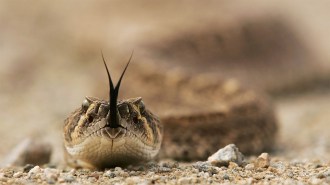 Animals
AnimalsSnakes are often the villains. A new book gives them a fair shake
From demon to danger noodle, human ideas about snakes can be as contradictory as the creatures themselves. In Slither, Stephen S. Hall challenges our serpent stereotypes.
-
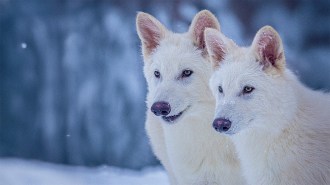 Animals
AnimalsThe story of dire wolves goes beyond de-extinction
Some question whether the pups are really dire wolves, or just genetically tweaked gray wolves. But the technology could be used to help at-risk animals.
By Meghan Rosen -
 Anthropology
AnthropologyRare books covered with seal skin hint at a medieval trade network
The furry seal skins may have made their way to French monasteries from as far away as Greenland.
By Alex Viveros -
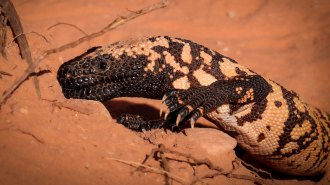 Life
LifeGila monsters may struggle to survive climate change
The Mojave Desert may lose and gain suitable habitat for Gila monsters. But the unathletic reptiles might be mostly stuck in the waning oases.
By Jake Buehler -
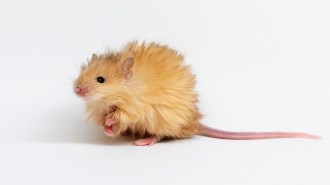 Genetics
Genetics‘Woolly mice’ were just a start. De-extinction still faces many hurdles
Scientists created transgenic mice with woolly mammoth–like traits. But does it really bring us closer to bringing back woolly mammoths?
By Jason Bittel